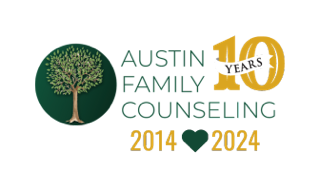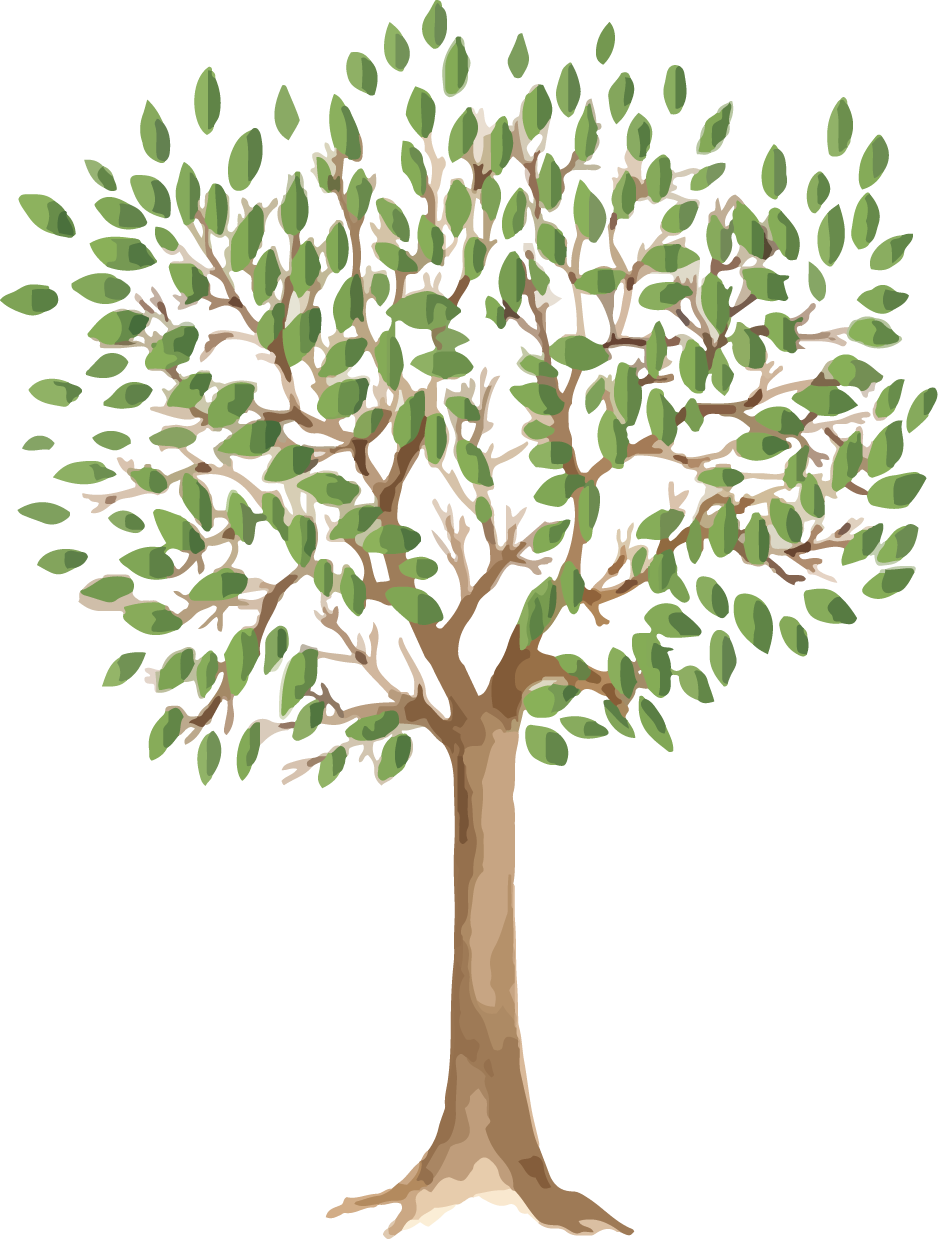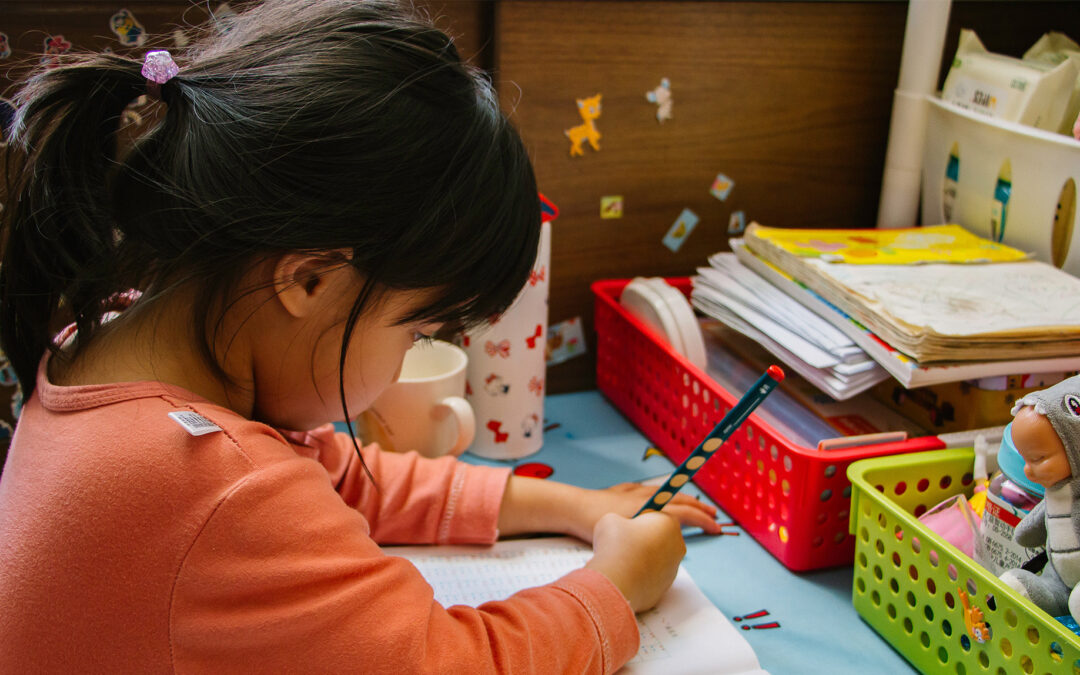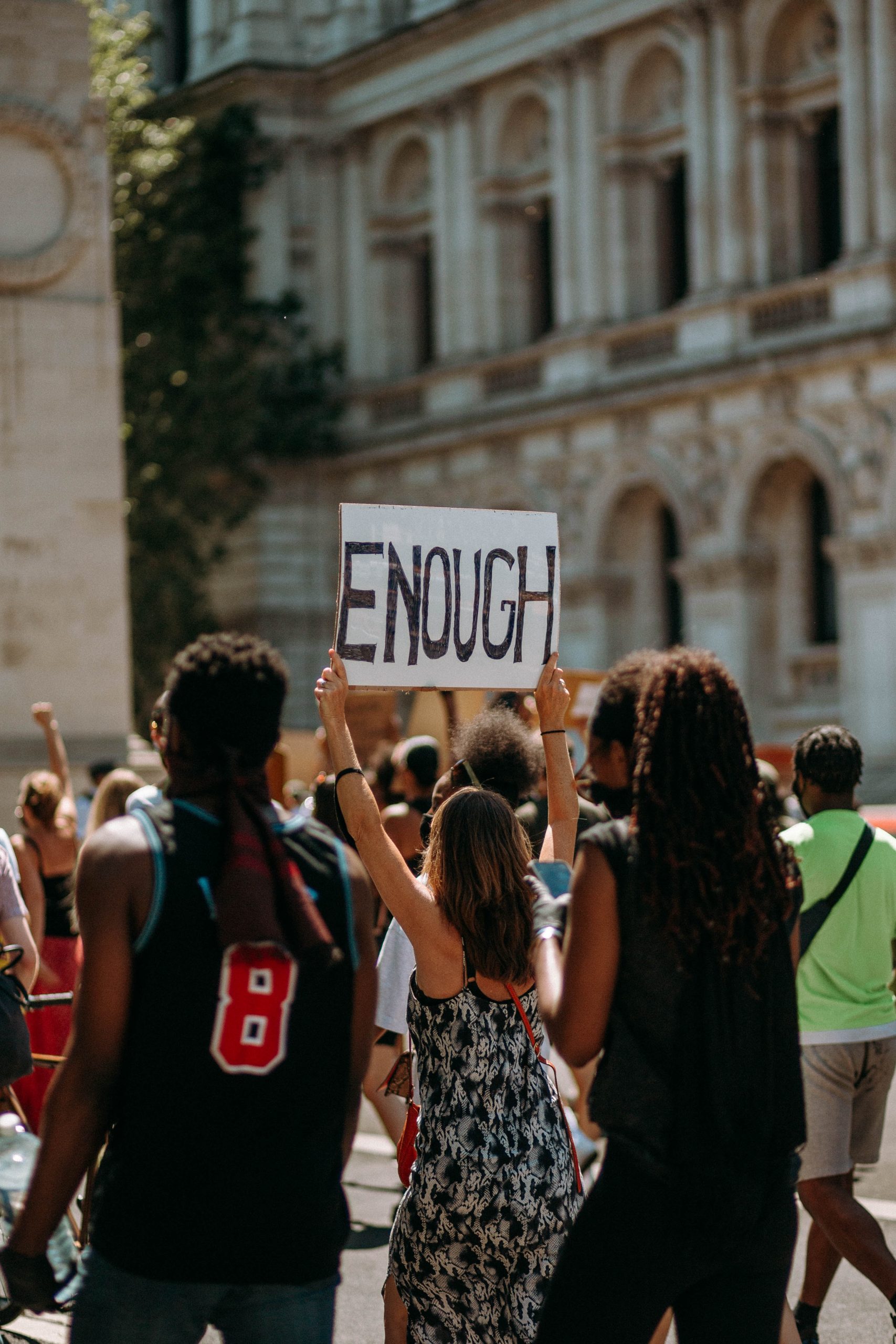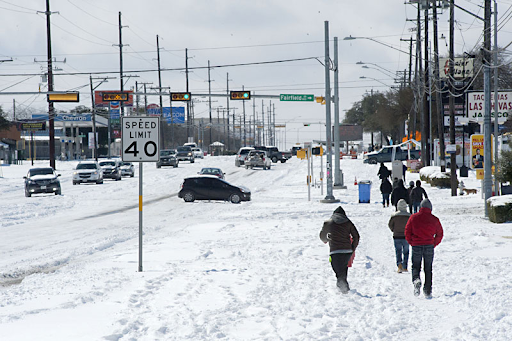Fall is often associated with grief. Celtic tradition has built rituals around the recognition that the veil is thinner this time of year. There is a cultural multiple-discovery of rituals during this specific season, one chosen to honor the dead and ancestors’ past, as well as to pay homage to grief itself. The Aztecs had a ritual that pre-dated and inspired Mexico’s Día de los Muertos, and the holiday continues to include Catholic influence around All Saints Day. Celts had Samhain, the Romans, Feralia; South Koreans celebrate in September during Paju. The Hungry Ghost Festival occurs a bit earlier in China, in August.
This varied, yet overlapping ritual space that both honors and mourns is generally aligned during a time of the season where leaves die, fall, and reintegrate back into the earth’s biosphere. This fall, of 2021, grief seems particularly potent, with many of us either deeply exhaling, or holding our breath, after a long 20 months of pandemic living of varying scales. Many have experienced losses of magnitude and cadence that are out of the ordinary for this last eon. Grief has been experienced in both direct and indirect ways, as shared worry, depression, anxiety, insomnia, even studied as collective shifts in dreamlife.
It is this time of year where clients cite dreams that feel vibrant and potent, some report wanting to sleep more (daylight savings weirdness does not help this, does it?) And seasonally, grief seems more at the surface than in other months. Grief is often described by those experiencing it as a fog, a film, a visible haze that separates or delineates. CS Lewis defined grief as “a sort of invisible blanket between the world and me” after the death of his wife. Somatically, grief can show up in the head, gut, and chest. Grief can physically feel heavy. This is even noted in our idiomatic expressions of the blues, depression, sadness, loss. I feel down, it reduced me to tears, I have a lump in my throat, I am holding my breath. Unprocessed grief can compound and show up as a malaise, a depression, at times it can mirror PTSD symptomology. The DSM 5-TR has created a new diagnostic path for prolonged grief (Prolonged Grief Disorder) to give credence to the impacts an elongated, or multiple-event grief process, has on the brain and body, including sleep disturbance, substance use, and immune functioning. This addition is timely, and necessary, to witness the incredibly demanding time in which we are living.
James Hollis has described grief, or one of the giftcurses of it, as a “mythological disorientation.” At times when we encounter a loss, an earthquake in our senses of selves, the narratives we have built or lived under without question can be aptly rocked by grief and its preceding events. A false self, born under the desires of the family of origin, untapped unconscious material, or just the waves of societal norming might now be proven as outmoded based on what the more concrete situation of grief has unveiled. Therein lies the opportunity. Rather than attach yourself to the other common idiomatic mechanism we humans tend to pursue with grief: get over it; this invitation is instead to sit in it, move through it, let yourself be rocked, create some room for the ferns that grow from the char.
Here are some meditations and considerations on how you might sit with, experience, honor, express, or otherwise cool down from grief:
Stay With It
I adore Tara Brach and have gotten the chance to experience her silent meditation retreats. I often use one of my favorite tools of hers, RAIN, with clients and with myself- here is a 20-minute meditation that features this tool.
Breathe With and Through It
Try alternating nostril breathing (hold left nostril closed, inhale through the right; clamp right nostril and exhale through the left; switch/repeat) which can calm the mind and reduce stress.
Or box breathing which activates the parasympathetic nervous system – exhale for 4 seconds, pause at the bottom for 4 seconds holding your lungs empty, inhaling for 4 seconds, pause at the top, holding the air in your lungs before repeating the pattern.
Create a Ritual Space
Take a page from the aforementioned ritual book and create a space for offering. This could be a section of a table, a shelf, truly anywhere you’d like to place objects, visual reminders, remnants, and notes to a person, a pet, a part of self, a season in your life that has passed.
Open Your Chest
When we are cold we tend to turn inward, when we are grief-stricken we do the same. Doing chest- and heart-opening stretches and poses can help regulate breathing and offer a somatic pull of energy into a space we may be unconsciously holding or tightening.
Stimulate the Vagus Nerve
If you work with me you know I am obsessed with this wild gut-to-brain neural circuit. Here’s a video from the @the.holistic.psychologist demonstrating just one vagal stimulation pressure point.
Cool Off From It
Distraction can be a defense, but it can also be a great tool when grief turns to overwhelm. Get grounded and go for a walk, listen to a favorite album, draw, paint, dance the feeling out of your body.

